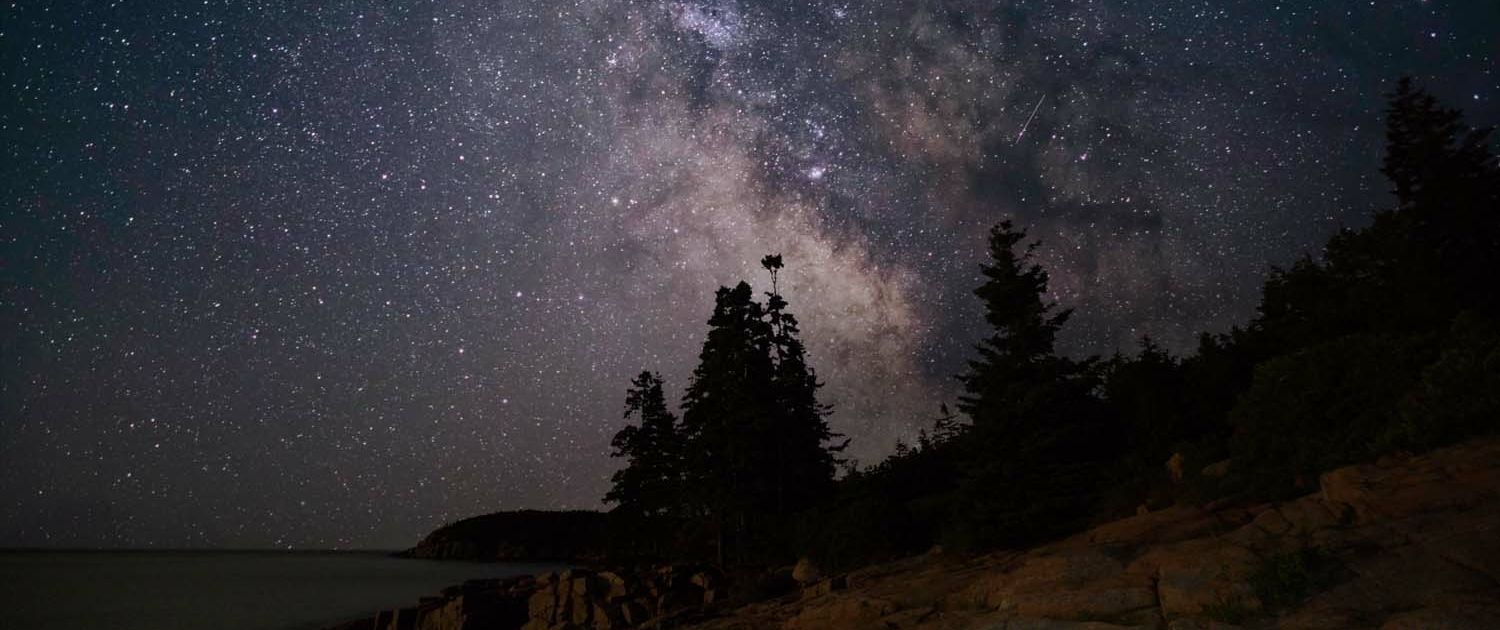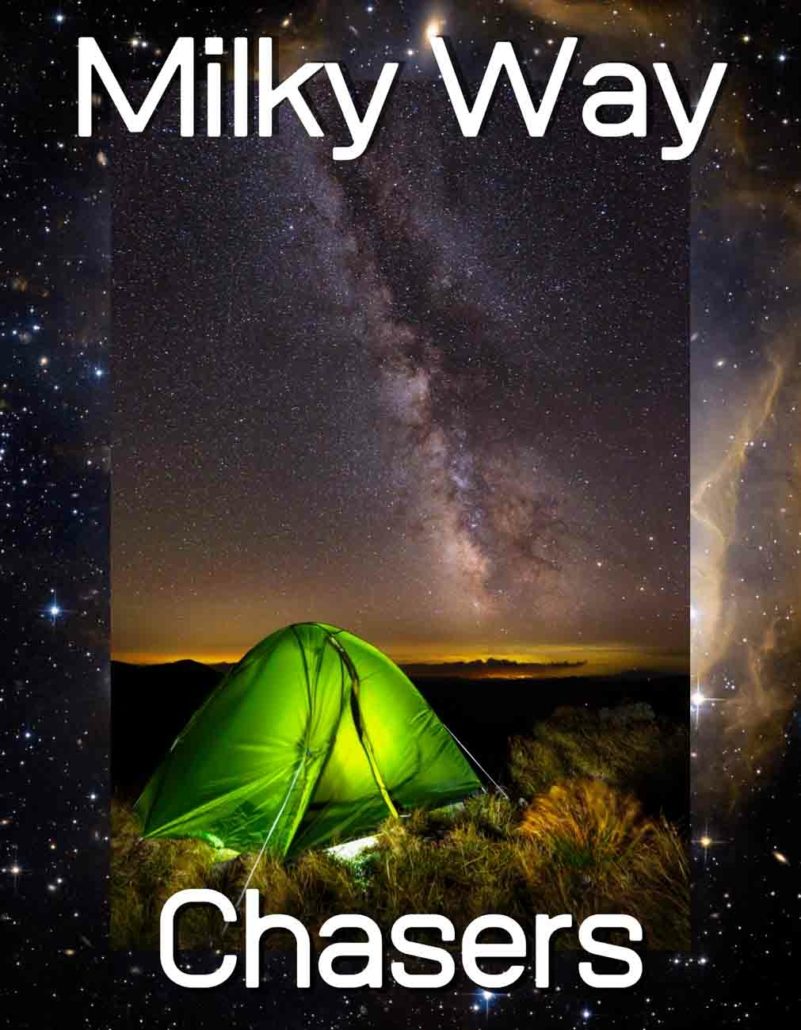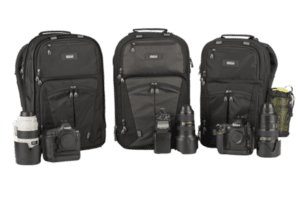Acadia National Park Information
Located off the Maine coast, most of Acadia National Park is 47,000 acres spread out over Mount Desert Island. However, portions of the Park are located on the Schoodic Peninsula and Isle au Haut.
Six visitor information centers are located within or near Acadia National Park, including the main visitor center in Hulls Cove (northwest of Bar Harbor), a nature center at Sieur des Monts (south of Bar Harbor), a visitor center on Thompson Island (along the road leading into Mount Desert Island), another visitor information center in Village Green in Bar Harbor, the historic Museum at Islesford on Little Cranberry Island, and the Rockefeller Welcome Center on Schoodic Peninsula. Many significant features of Acadia are easily accessible from Bar Harbor, including Hulls Cove visitor center, the beginning of the Parks Scenic Park Loop Road, and the winding, 27-mile-long loop road, which includes the dramatic ascent to Mount Cadillac. It is also possible to hike up to its 1,530-foot peak from Bar Harbor (via multiple trails) to get views encompassing most of Acadia and the surrounding islands.
After looping around Cadillac Mountain, the Acadia Scenic Park Loop Road leads down to the Maine coastline at Sand Beach. Acadia’s Park Loop Road is a classic scenic drive featuring views of the ocean, lakeside beauty, and dramatic rock formations. Acadia has miles of historic highways, with the best-known being the 27-mile scenic Park Loop Road, which links the region’s lakes, mountains, and coastlines. There are over 130 miles of hiking trails for you to explore on foot and 45 miles of carriage roads for you to ride your bike.
Unique attractions include sandy beaches, rock beaches, thunder holes, and dark skies for milky way photography. Magnificent rocks can be found at Otter Cliff; these features make the Park a top ten photography location worldwide.
The Precipice Trail is another appropriately named steep hike with many ascents leading up to the top of Champlain Hill, another of Acadia’s highest peaks. Two simple, marked hiking trails along Maines’s southern shores of Mount Desert Island–Ship Harbor and Wonderland–head down into the peninsula, which has its west coast and offers an unobstructed vista to the horizon.
Much less traveled than Acadia core, the region just west of Somes Sound has trails that run down the edge of Long Pond (1 mi) and up Bernard Mountain (3.2 mi). Located south of Bar Harbor, the Park Sieur de Monts neighborhood features the Wild Garden of Acadia, the Park’s nature center, and the oldest branch of the Smithsonian-affiliated Abbe Museum. Acadia National Park features diverse landscapes, including granite-domed mountains, woods, lakes, and part of the mainland in the Schoodic Peninsula, comprised of islands along Maines’s rugged coastline ponds and ocean coastlines.
Acadia National Park preserves the natural beauty of rocky headlands, including the highest mountains along the Maine coastline. Acadia National Park is, as the National Park Service puts it, the crown jewel of the North Atlantic Coast, and for a good reason; it holds the highest peak along the entire Eastern Seaboard, the viewpoint that offers the first glimpse of sunshine when it rises above the horizon to illuminate the U.S. mainland. Acadia is unlike anywhere else, with miles of shoreline along the Atlantic Ocean.
Acadia preserves a sliver of coastal Maine, one of the nation’s most-loved parks, where northern forests drop steeply down into the wild Atlantic. Acadia, Maine, is a great place to get outdoors, with granite-strewn cliffs on the shoreline and miles of woodland trails. Acadia National Park, the only National Park in Maine, is known for its fall foliage. Acadia National Park sunrises (one of the first places in America to see sunrises) and the rugged, pink granite coast.
The Park has some of the best places for natural areas to photograph, as well as towns and villages, throughout the Acadia region, from Bar Harbor on Mount Desert Island, Mount Desert Island, to Winter Harbor on Schoodic Peninsula.
If you cannot find somewhere to stay directly next to Acadia, try looking for cabins beyond Acadia, near Ellsworth, Northeast Harbor, or Winter Harbor. Acadia is open year-round, though many facilities inside the Park and near it are closed from October to the end of May.
Another notable benefactor is John D. Rockefeller, Jr., who personally purchased and donated 11,000 acres of forests, shorelines, and scenic areas to the Park. Subsequent projects and partnerships have included Acadia Trails Forever, the first-ever dedicated trail system at a U.S. National Park, which raised $13 million from 1999-2001, and the Island Explorer. This free propane-powered bus system has served Acadia National Park and the surrounding communities since 1999.












